IUPAP Early Career Scientist Prize in the field of Statistical Physics
The Early Career Scientist Awards (ESCA) in Statistical Physics are presented by the C3 Commission on Statistical Physics of the International Union for Pure and Applied Physics (IUPAP) every three years, at the Statphys Conferences. The next ECSAs will be given during Statphys 29, to be held in Florence, Italy, from July 13-18, 2025.
The Early Career Scientist Awardsin Statistical Physics has been established by the C3 Commission on Statistical Physics of the IUPAP. The Award aims to recognize outstanding achievements and exceptional promise for future career of young scientists in the field of theoretical and experimental Statistical Physics. The Prize consists of a certificate citing the contributions made by the recipient, a Medal, and 1000 €. The nominees must be no more than eight years past the award of their PhDs on July 1, 2025.The nominator must declare that the nomination is submitted to the C3 Commission ofIUPAP only and the nominee has not been awarded previously by any IUPAP prizes.
The C3 Commission is pleased to announce that the Early Career Scientist Prizes for 2025 to Daniel M. Busiello, Lorenzo Caprini and Nicole Yunger Halpern.
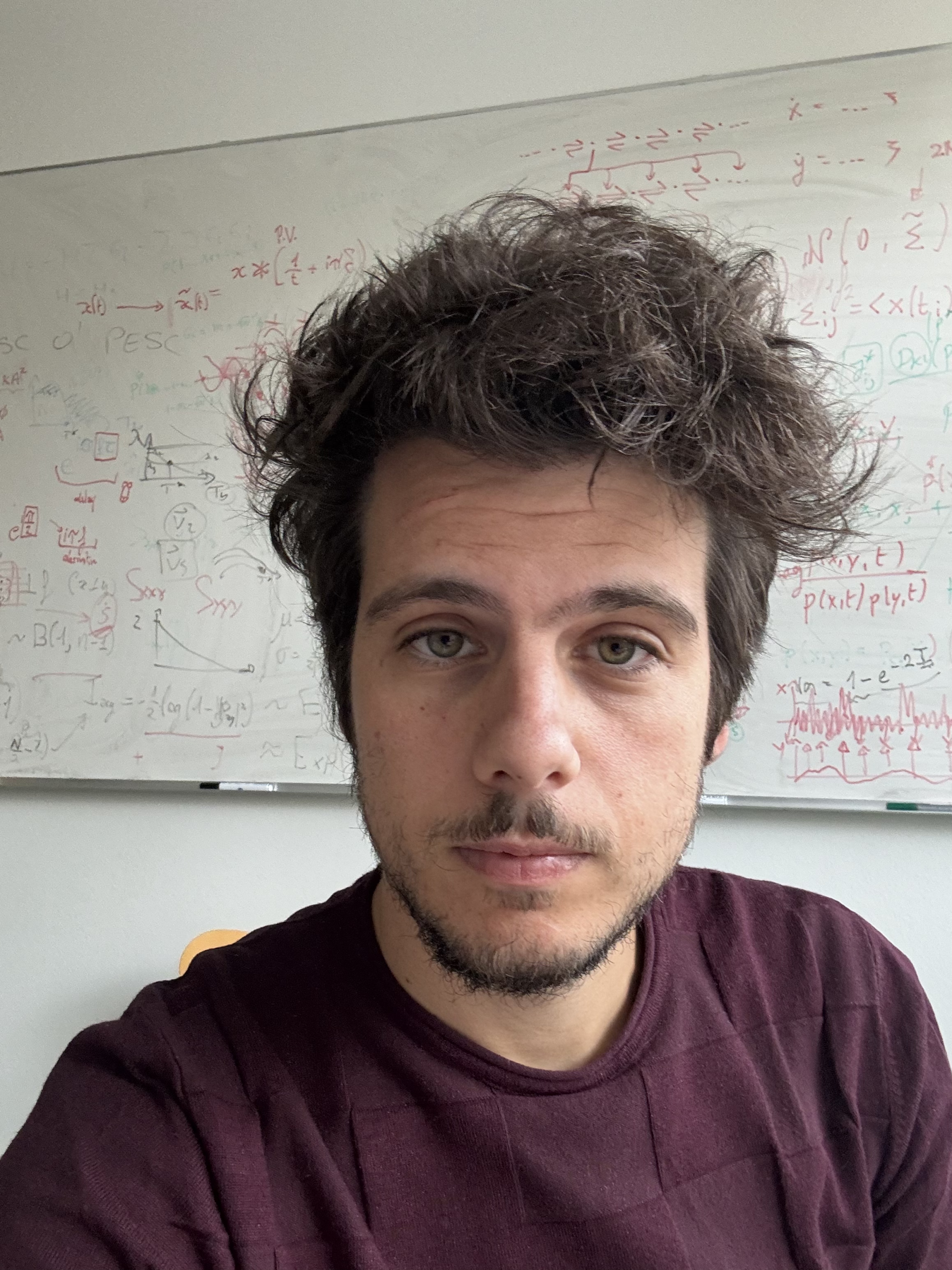
Daniel M. Busiello
For his outstanding research in the field of nonequilibrium chemical systems. In exemplary collaboration with experimentalists, Dr. Busiello has created a most promising synergistic approach based on stochastic thermodynamics, chemical networks, molecular biology, and information theory.
Short Biography:
Daniel M. Busiello is currently a Group Leader at the University of Padua, where he defended his PhD in 2018. Previously, he was a postdoctoral fellow at EPFL and later held an independent research position at the Max Planck Institute for the Physics of Complex Systems. His work in theoretical statistical physics covers a wide range of topics, from stochastic thermodynamics to physical chemistry and information theory. Recently, he has focused on how biochemical and nonbiological systems process, store, and use information from noisy environments operating across multiple spatiotemporal scales.

Lorenzo Caprini
For his outstanding work on non-equilibrium statistical mechanics and stochastic processes extending to soft matter with applications in biologically inspired systems. Specifically, Dr. Caprini provided eminent contributions in active matter, taking energy from the environment to sustain their motion, such as bacteria, active colloids or active granular particles.
Short Biography:
Lorenzo Caprini is a tenure-track researcher at Sapienza University of Rome. Dr. Caprini obtained his PhD from the Gran Sasso Science Institute in December 2019 after completing his undergraduate studies at Sapienza University of Rome in 2016. His research focuses on active matter, granular materials, and fundamental aspects of non-equilibrium statistical mechanics, including stochastic thermodynamics and linear response theory. His work integrates numerical simulations – reproducing the behaviour of colloids, sperm, and active vibrobots – with theoretical approaches such as fluctuating hydrodynamics and stochastic dynamics, as well as experimental investigations of active granular particles.

Nicole Yunger Halpern
For her outstanding contributions bridging statistical physics, thermodynamics and quantum information theory. Specifically, Dr. Yunger Halpern provided fundamental results on non-Abelian thermodynamics and on the relationship between quantum chaos and the work fluctuation theorem of non-equilibrium thermodynamics.
Short Biography:
Nicole Yunger Halpern is a theoretical quantum physicist at the National Institute of Standards and Technology (NIST) and a Fellow of the Joint Center for Quantum Information and Computer Science. Nicole completed her PhD at Caltech, then worked as an ITAMP Postdoctoral Fellow at Harvard University. She now leads the Quantum-Steampunk Laboratory at the University of Maryland and co-leads the Maryland Quantum-Thermodynamics Hub.
The C3 Commission is pleased to announce that the Early Career Scientist Prizes for 2022 to Kyogo Kawaguchi, Camille Scalliet, and Suraj Shankar
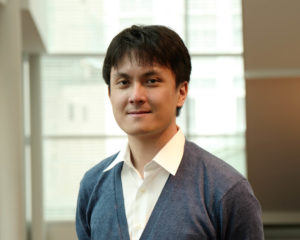
Kyogo Kawaguchi
For his outstanding and unique achievements on multiple topics in experimental and theoretical statistical physics and biophysics, which include the fluctuation analysis of hidden variables, uncovering statistical physics behind homeostasis, and identifying the role of topological defects in the cell’s collective dynamics.
Short Biography:
Kyogo Kawaguchi is currently Team Leader of a Hakubi Research team at Riken BDR and Visiting Associate Professor in Kobe University. Dr Kawaguchi defended his PhD in 2015 at the University of Tokyo, where he graduated in 2012. His research is characterized by expertise as both a biophysicist performing wet-lab experiments and a theoretical statistical physicist. His work has focused on multiple topics in statistical physics, in particular non-equilibrium physics of living matter, and, recently, on linking cell biology to quantum physics and machine learning.
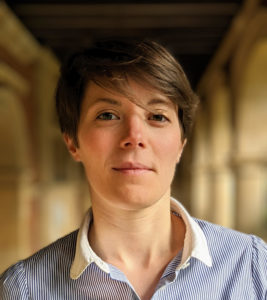
Camille Scalliet
For her outstanding work in a broad variety of topics in the physics of hard and soft glasses, in particular, for locating two-level systems and demonstrating their properties in low temperature glasses and for identifying both highly localized and collective excitations in the Potential Energy Landscape.
Short Biography:
Camille Scalliet currently holds an independent research position in the Department of Applied Maths and Theoretical Physics at the University of Cambridge. Dr Scalliet defended her PhD in September 2019 at the University of Montpellier after graduating from Ecole Normale Supérieure de Lyon in 2016. Her research focuses on challenging statistical physics problems involving the physical properties of disordered materials, such as colloidal and granular assemblies and molecular glasses. Her work combines the use of smart algorithms for computer simulations with theoretical methods based on advanced statistical mechanics including both replica calculations and liquid state theory.
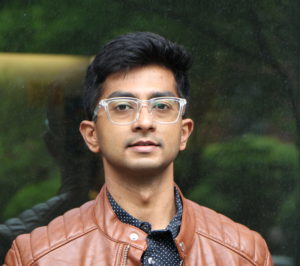
Suraj Shankar
For his outstanding theoretical contributions to soft matter and nonequilibrium statistical physics, particularly active matter and extreme mechanics, distinguished by a singular eye for connecting ideas from different fields.
Short Biography:
Suraj Shankar is currently a Junior Fellow at Harvard University. Dr Shankar defended his PhD in 2019 at the Syracuse University after graduating from the Indian Institute of Technology Madras, Chennai in 2014. His research interests range from active matter and physical biology to fluid flow and extreme mechanics, focusing on geometric or topological aspects. His work combines a variety of tools, involving elasticity, continuum hydrodynamics and stochastic dynamics, together with topological and geometric techniques, along with field theoretic renormalization group methods and large deviation theory.
The C3 Commission is pleased to announce that the Young Scientist Award for 2019 will be awarded during STATPHYS27 to Lucile Savary, Manlio De Domenico and Alexandre Solon.
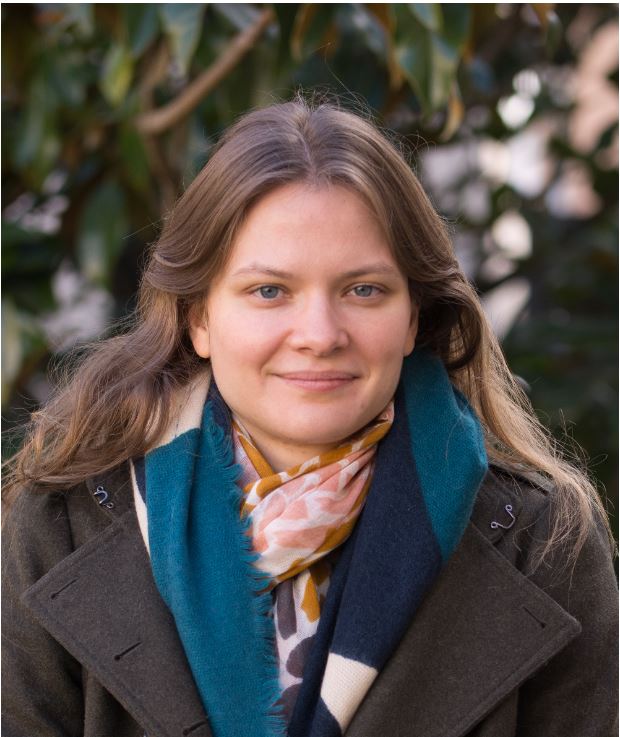
Lucile Savary
For her pioneering contributions to our understanding of complex quantum states of matter, with particular reference to quantum spin liquids
Short Biography:
Lucile Savary is a permanent CNRS researcher in condensed matter theory at the Laboratoire de physique at ENS de Lyon. Before moving there, she was a PhD student at the University of California, Santa Barbara, and a Gordon and Betty Moore postdoctoral fellow at MIT.
Her research focuses on exotic phenomena in real systems, with an emphasis on frustrated magnetism. It includes quantum spin liquids, and in particular quantum spin ice, order-by-disorder, quantum criticality, the theory of RIXS, spin-orbital systems, thermal transport, and unconventional superconductivity in multi-band spin-orbit coupled materials.
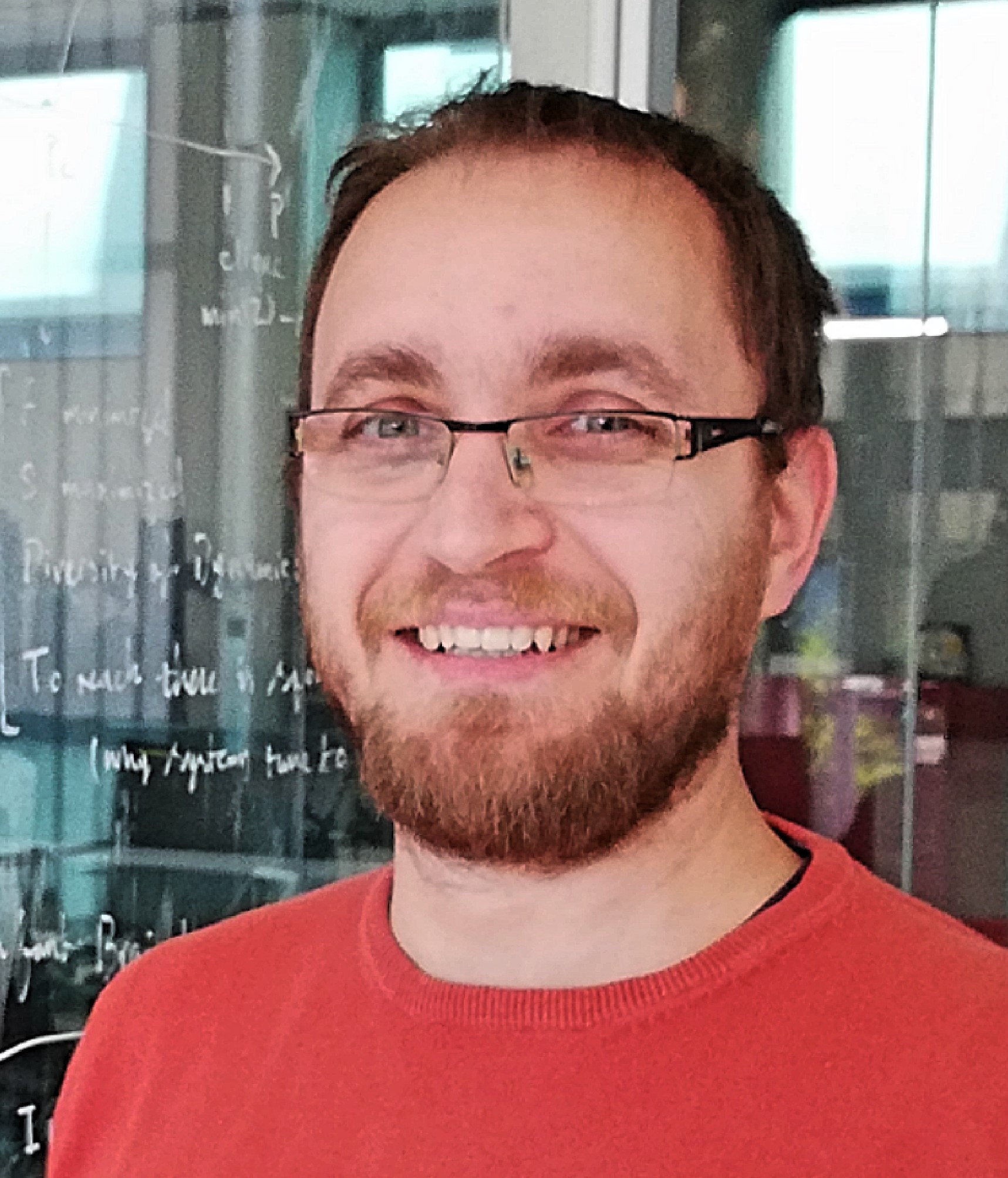
Manlio De Domenico
For his important contributions to the modeling of complex systems based on statistical physics and nonlinear dynamics, in particular, the development of the physics of multilayer networks and a quantum-inspired statistical mechanics of networks.
Short Biography:
De Domenico obtained his PhD in Physics in February 2012 at the School for Advanced Studies of the University of Catania. He is currently Senior Researcher at Fondazione Bruno Kessler – leading Italian research institution – and Director of the Research Unit “Complex Multilayer Networks” (CoMuNe) Lab, an interdisciplinary group working at the edge of Statistical Physics, Applied Math and Computer Science. He holds the National Scientific Habilitation (ASN) as Full Professor in Theoretical Physics of Condensed Matter.
His primary research field gravitates around theoretical and computational aspects of Statistical Physics, with main focus on modeling of complex systems based on statistical physics and nonlinear dynamics. For his recent contributions to the field – including the development of a physics of multilayer networks and a quantum-inspired statistical mechanics of networks – he paved the way for interdisciplinary applications of Statistical Physics to modeling and analysis of the human proteome, the human brain and collective behavior in social and socio-technological systems far from equilibrium.
De Domenico has been recognized by national and international prizes, including the “Junior Scientific Award” from the Complex Systems Society (2016) – for “a number of pioneering contributions to the field of multilayer networks” – and the “Prize in Formal Sciences” from the Universal Scientific Education and Research Network (2017) – for “modeling the complexity of systems of systems”.

Alexandre Solon
Alexandre Solon For his outstanding theoretical contributions to the development of non-equilibrium statistical physics and the field of active matter.
Short Biography:
Alexandre Solon received in 2015 a PhD in Theoretical Physics from Université Paris-Diderot in which he studied several aspects of the statistical mechanics of active matter under the supervision of Dr. Julien Tailleur. In particular, a large part of his PhD work focused on understanding the transition to collective motion, as exhibited in the Vicsek model, and elucidating the particular properties of the mechanical pressure exerted by active fluids. He was then appointed “Physics of Living Systems” postdoctoral fellow at MIT where he continued his research on active matter and other nonequilibrium systems. His main contributions during this time concern the understanding of motility-induced phase separation and of the optimal thermodynamic protocols minimizing fluctuations. Since October 2018, Alexandre is a CNRS research scientist working in Sorbonne Université in Paris.
The C3 Commission is pleased to announce that the Young Scientist Award for 2016 will be awarded during STATPHYS26 to Lisa Manning and Martin Lenz.
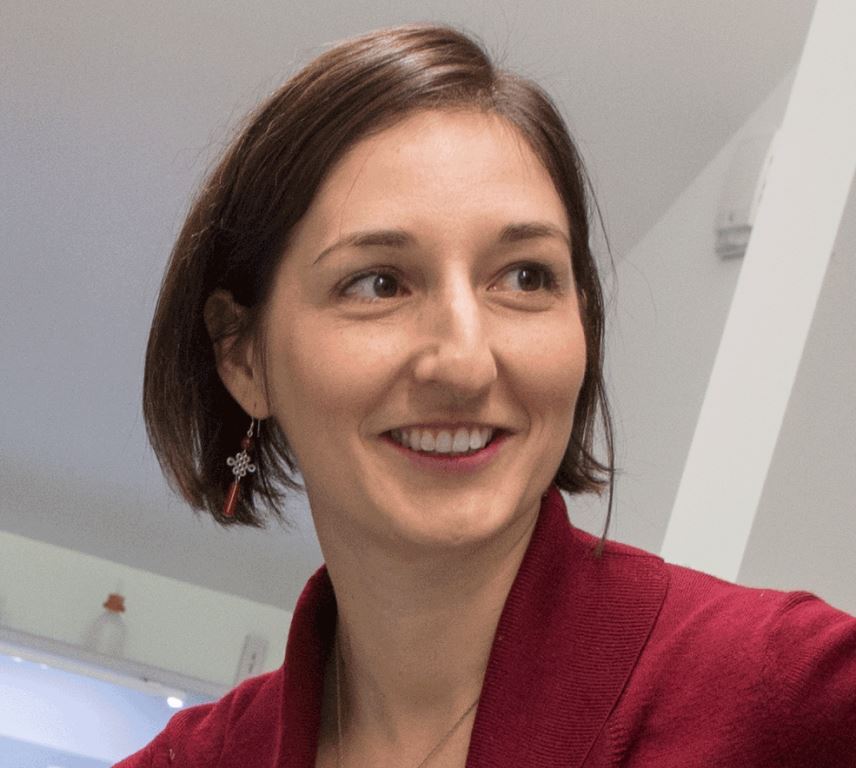
Lisa Manning
In recognition of her outstanding statistical physics contributions to the fields of granular materials, jamming, and biological cell dynamics.
Short Biography:
Manning has become a clear leader in the community studying glassy dynamics and jamming, and has also established the importance of these phenomena to biological tissues. In glasses, she has used random matrix theory to uncover universal vibrational properties, and has identified soft vibrational modes as harbingers of local failure. In biology, she has explored the competition between cell-‐cell adhesion and cortical tension to understand surface tension at the tissue level. Further, she discovered that this competition controls a new rigidity transition in tissues, a startling new member of the jamming transition family that is relevant to asthma and likely also to embryogenesis, tumorigenesis, and wound healing.
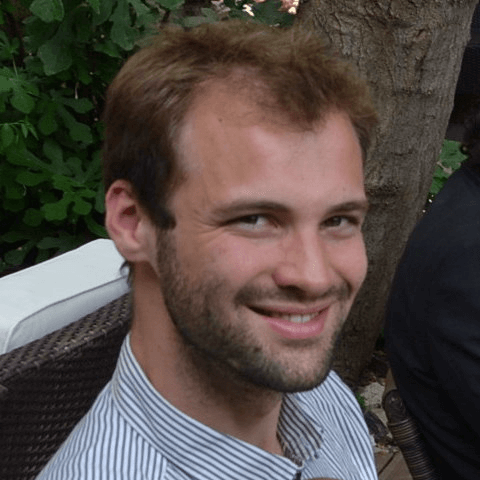
Martin Lenz
For his remarkable creativity in using active processes in living cells as a rich source of new ideas in statistical physics. At the same time, he shows how these ideas can inspire new thinking in biology proper.
Short Biography:
Lenz’ main contributions concern two quite different but ultimately related areas: the structure and dynamics of the cytoskeleton on the one hand, and the mechanics of protein-‐induced remodelling of the cell membrane on the other hand. Both of these problems involve understanding how non-‐equilibrium driving forces establish the structure of the cell. In these problems, the existing knowledge of the biological actors at the molecular scale is still only partial, and Lenz has displayed great subtlety in producing robust theoretical results in sensitive to unknown molecular details.
The Boltzmann Medal
The Boltzmann Medal is presented by the C3 Commission on Statistical Physics of the International Union for Pure and Applied Physics (IUPAP) every three years, at the Statphys Conferences. The Award, consisting of a gilded medal, honors outstanding achievements in Statistical Physics. The next Boltzmann Medal will be presented during Statphys 29, to be held in Florence, Italy, from 13 to18 July 2025.
The recipient should be a scientist who has not already received the Boltzmann Medal or the Nobel Prize. The winner of the award is chosen by a Selection Committee, consisting of the members of the C3 Commission, the Chairman of the previous C3 Commission (Lucilla de Arcangelis), the Chairman of the Scientific Committee of the Statphys Conference (Stefano Ruffo for Statphys 29), and the previous Boltzmann medalists who agree to be on the Selection Committee.

Yoshiki Kuramoto
Professor Yoshiki Kuramoto receives the Boltzmann Medal 2025 for groundbreaking work on non-equilibrium systems, especially nonlinear oscillations, synchronization, and weak turbulence. Professor Kuramoto’s work on spatially extended chaos resulting in the celebrated Kuramoto-Sivashinsky equation laid the ground for further development of nonlinear science applied across a wide range of disciplines. The Kuramoto model established the scientific field of coupled oscillators, a vibrant area of nonlinear science and complex systems with profound connections to statistical physics.
Yoshiki Kuramoto received his Master’s degree in 1966, and Doctor of Science in 1970, both from Kyoto University. He served as an assistant professor at
Kyushu University until 1976 and went on to be an associate professor at Kyoto University until 1981, before becoming a full professor until 2004. After retiring from Kyoto University, he held position such as specially appointed professor of Hokkaido University, visiting professor of Kyoto University, and deputy director at the International Institute for Advanced Studies. His major awards include the Asahi Prize in 2005 and Juergen Moser Lecture Prize in 2023.

Mehran Kardar
Professor Mehran Kardar receives the Boltzmann Medal 2025 for groundbreaking contributions to non-equilibrium statistical physics, especially for the celebrated Kardar-Parisi-Zhang equation, the successful application of stochastic field theory to surface growth and for demonstrating the relevance of the equation to a diversity of phenomena. Professor Kardar has been influential in a revival of theoretical studies of the Casimir effect and has achieved outstanding results in the field of soft matter, active matter, and biological systems.
Mehran Kardar received his BA degree from Cambridge University (UK) in 1979 and his PhD in Physics from MIT in 1983. Following three years as a Junior Fellow at the Harvard Society of Fellows, he joined the faculty of MIT, where he is currently the Francis Friedman Professor of Physics. Kardar has contributed to Statistical Physics by authoring two textbooks in the field and conducting research spanning soft matter, biophysics, and disordered systems and non-equilibrium phenomena. His awards include the A.P. Sloan Fellowship, Presidential Young Investigator Award, Guggenheim Fellowship, Alexander von Humboldt Foundation Research Award. Kardar is an elected Fellow of the American Physical Society and the American Academy of Arts and Sciences, and a member of the National Academy of Sciences.

Deepak Dhar
For his seminal contributions to several areas of statistical physics, including exact solutions of self-organized criticality models, interfacial growth, universal long-time relaxation in disordered magnetic systems, exact solutions in percolation and cluster counting problems and definition of the spectral dimension of fractals.
Deepak Dhar obtained his B.Sc. Degree from the University of Allahabad, Masters from IIT Kanpur, and PhD in Physics from California Institute of Technology. From 1978-2016, he was in the Department of Theoretical Physics at T. I. F. R. Mumbai, and he has been at IISER Pune since November 2016. Dhar is an elected fellow of all the three major Indian science academies – Indian Academy of Sciences, Indian National Science Academy and National Academy of Sciences, India – as well as of The World Academy of Sciences. The Council of Scientific and Industrial Research awarded Dhar the Shanti Swarup Bhatnagar Prize for Science and Technology.
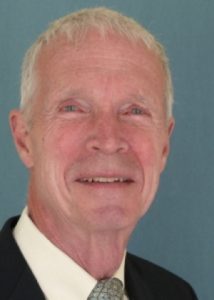
John J. Hopfield
For extending the boundaries of statistical physics to encompass the phenomena of life, from kinetic proofreading in the transmission of information at the molecular level to the dynamics of neural networks creating a new language for thinking about computation in the brain.
John Hopfield received his A.B. from Swarthmore College in 1954, and a Ph.D. in physics from Cornell University in 1958. He spent two years in the theory group at Bell Laboratories, and subsequently was a faculty member at University of California, Berkeley (physics), Princeton University (physics), California Institute of Technology (Chemistry and Biology) and again at Princeton, where he is the Howard A. Prior Professor of Molecular Biology, Emeritus. He was awarded the Dirac Medal of the ICTP in 2001 and the Oliver Buckley Prize of the American Physical Society in 1969. Hopfield was elected as a member of the National Academy of Sciences in 1973.
The Boltzmann Award was instituted by the Commission on Statistical Physics (C3) of the IUPAP to honor outstanding achievements in Statistical Physics. It is presented by the Commission at the STATPHYS meeting. The award consists of a glided medal (the Boltzmann Medal) with the inscription of Ludwig Boltzmann.
The C3 Commission is pleased to announce that the Boltzmann Medal has been awarded during STATPHYS25 to:

Giovanni Jona-Lasinio
For his seminal contributions to spontaneous symmetry breaking in particle physics and the theory of non-equilibrium fluctuations.

Harry Swinney
For his ingenious and challenging experiments which have had a large impact on many areas of statistical physics.

Takahiro Sagawa
For developing a comprehensive theoretical framework to characterize the thermodynamics of nonequilibrium systems with feedback control.

Kazumasa Takeuchi
For his outstanding experiments on fluctuation properties of growing interfaces in turbulent liquid crystals.






